|
|
Share Your Stories
YEAR OF NEWS :

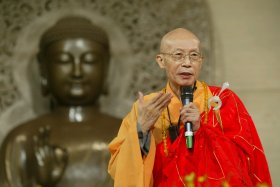
Wednesday, December 24, 2014
The Heart Sutra teaches that suffering comes from ignorance, attachment to self, and confusion caused by afflictions; it also teaches us how to live with purpose, to ultimately fulfill the four great vows and to cultivate a non-abiding mind. But we are stubborn and refuse to give up our afflictions easily, for ignorance and self-attachment are at the roots our perceived existence. Nevertheless, it is through our will and our vows, the wellsprings of action, that we arouse the bodhi-mind , and begin the process of enlightenment. This willingness is crucial, because it is not easy to change our old ways, however destructive or comforting they may be. But the choice, as always, is ours. By following the bodhisattva path to its end, we will ultimately exhaust all ignorance, cross the ocean of suffering, and reach anuttara-samyak-sambodhi. This is the far-reaching and profound message of the Heart Sutra.


The Heart Sutra teaches that suffering comes from ignorance, attachment to self, and confusion caused by afflictions; it also teaches us how to live with purpose, to ultimately fulfill the four great vows and to cultivate a non-abiding mind. But we are stubborn and refuse to give up our afflictions easily, for ignorance and self-attachment are at the roots our perceived existence. Nevertheless, it is through our will and our vows, the wellsprings of action, that we arouse the bodhi-mind , and begin the process of enlightenment. This willingness is crucial, because it is not easy to change our old ways, however destructive or comforting they may be. But the choice, as always, is ours. By following the bodhisattva path to its end, we will ultimately exhaust all ignorance, cross the ocean of suffering, and reach anuttara-samyak-sambodhi. This is the far-reaching and profound message of the Heart Sutra.
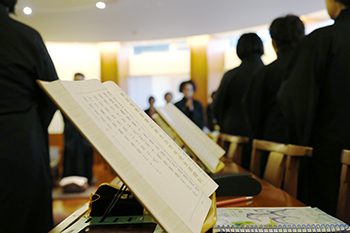
Of the contemplations of the sense faculties, that of the mind itself is the most difficult. Buddhadharma analyzes the mind into its individual components to better understand its nature and workings, but all the components function together in a seamless, ever-changing continuum. The major components are the six consciousnesses (vijnanas), the faculty of mind (mana) and its objects (dhatus), and base-consciousness (citta).
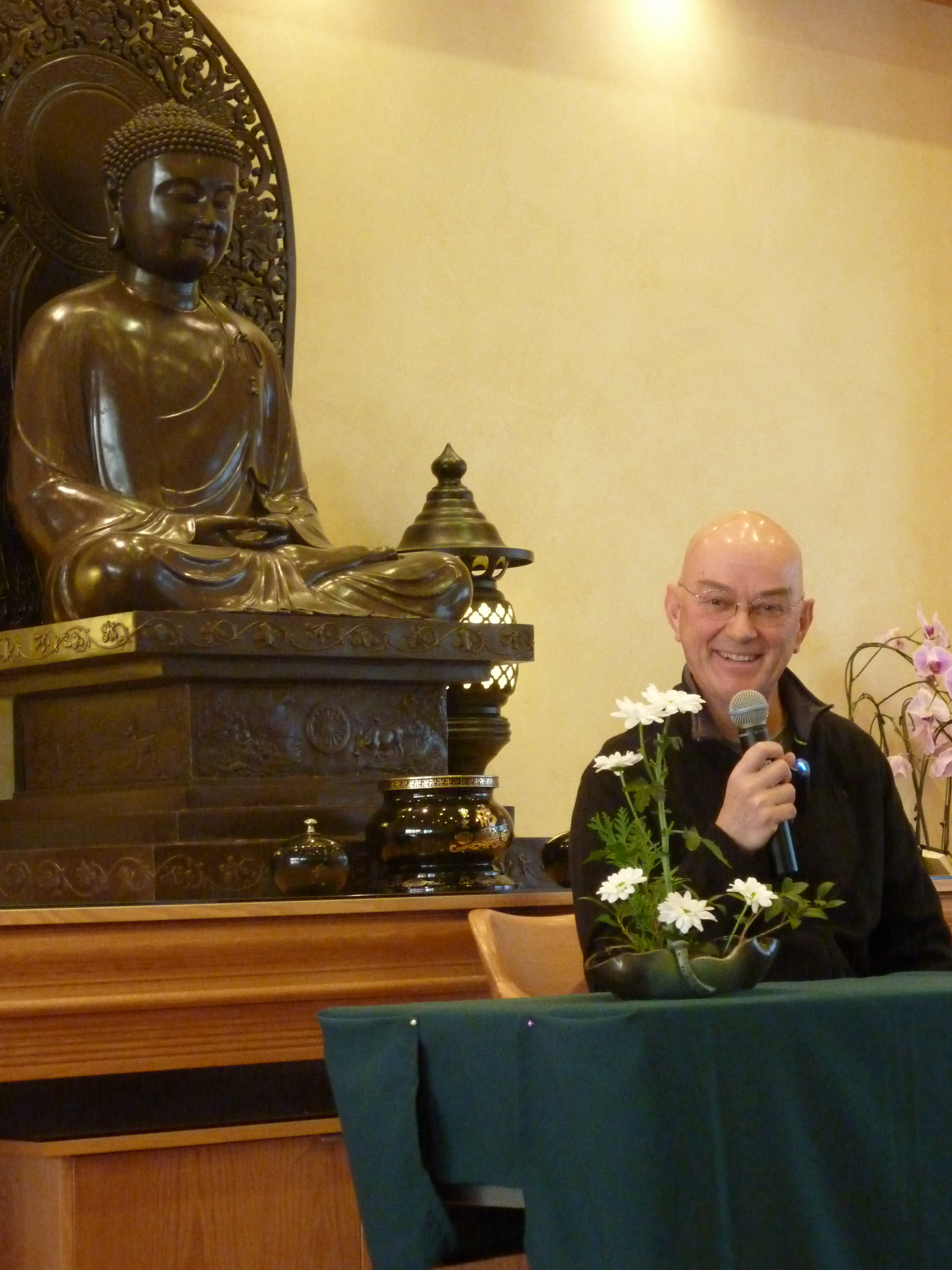
As a practitioner of Chan meditation, I’ve been fumbling about an appropriate method for nearly 10 years. Trying hard on the method of Huatou, I participated in a few 7-day Huatou retreats, yet ended up merely “reciting” the huatou so far, unable to give rise to any doubt sensation. Silent Illumination, on the other hand, seems intangible and difficult to pin down, even though I’ve already tried hard in 3 or 4 Silent Illumination retreats. I’ve been trying to find out the key problem and wonder whether “relaxing the body and mind” could be the critical issue.

While Buddhists do not believe in the existence of a creator-god, the existence of the universe cannot be doubted, nor can the existence of life be denied. According to Buddhism, the most basic elements that comprise the universe are empty of self-nature, and the elements that comprise life are also devoid of self-nature. This lack of a separate self-nature, called emptiness, is the only unchanging truth in the universe. That it is an unchanging truth implies that emptiness has no beginning and no ending: emptiness is the true state in which the universe and life have always existed.
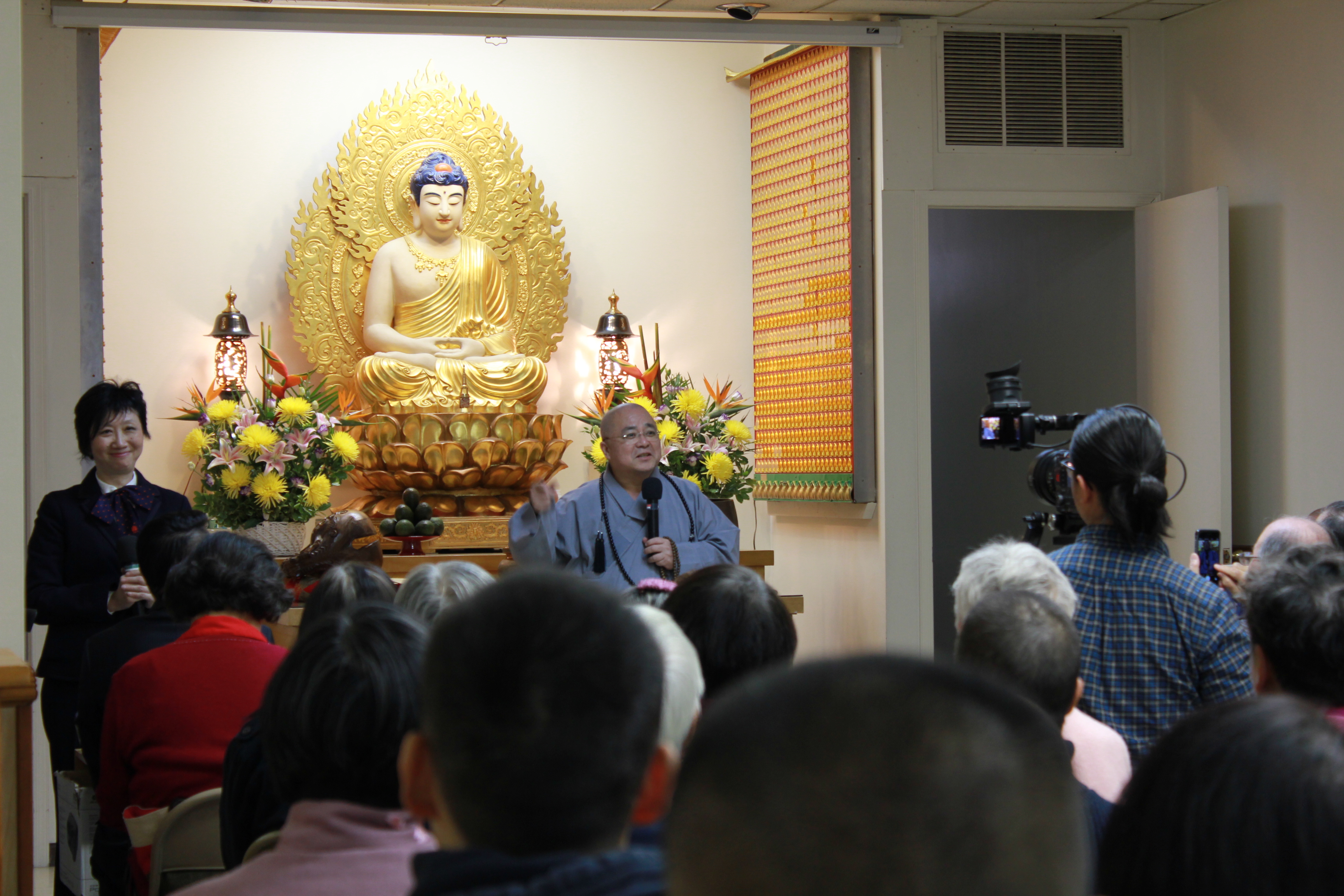
To find your real self, you must lose yourself. I tell my students that they must put aside thoughts about their own birth and death if they are to get anywhere. A meditator who is full of thoughts about himself, thoughts of improving his health, or of gaining limitless freedom, will attain neither wisdom nor freedom.

The Dharma Drum Mountain Buddhist Association, with headquarters in Taiwan and the United States, actively promotes the Movement of the Pure Land on Earth. We teach these concepts and methods of practice to all practitioners, whatever their cultural or educational background. Our slogan is: "Everywhere is a meditation hall; everywhere is a Buddhist temple." Every family is encouraged to set up a meditation space, a place where together and singly, family members can compose their minds and experience genuine peace. We believe that "engaged Buddhism" begins by engaging one's own mind, in one's own space.

The course of history can be changed radically by a zealous, dedicated individual or by a minority. A small group of people may greatly impact the ideals, ethos, philosophy, and behavior of the majority. The impact can be either negative or positive. When the impact is negative, the minority leads the society into war and destruction. When the impact is positive, they lead the society into prosperity, stability, and happiness, and may even bring about a new civilization or culture. In these ways, great or infamous historical eras are made.
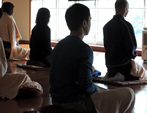
The conventional view of peacemaking is to focus on changing the environment to achieve peace. Such a view advocates the use of institutions, laws, economic structures, military power, etc., to create an environment in which peace can flourish. Buddhists do not oppose such a view, but stress the greater urgency of transforming the mind of the individual.

In many sutras the Buddha teaches lay practitioners to treat their parents, children, spouses, and colleagues with understanding and compassion. These sutras teach that each person has many roles in society and that each role dictates specific responsibilities and duties. Rather than putting blind faith in rituals and worship, the Buddha tells us that we should strive to mindfully undertake the responsibilities and duties of our normal lives. If everybody does so, the world will enjoy enduring peace. You can say that the Buddha was the first advocate of "engaged Buddhism."

To achieve social peace, Buddhism begins with a program of inner peace, believing that long-lasting peace derives from the ability of each person to calm his or her own mind and to temper actions controlled by the mind. Thus empowered, individuals can encourage those in their immediate sphere of influence to also understand the need for peace and to begin calming their minds. In such a widening circle of influence, more and more people will be included. Step by step, people throughout the world can be at peace with themselves and with others. Like a pebble thrown into a pond, causing expanding ripples to reach the far shore, a single person can positively influence many others toward peaceful modes of thinking and acting.

PAGE :
1
2
3

|
|